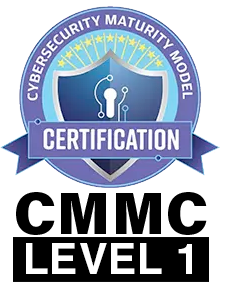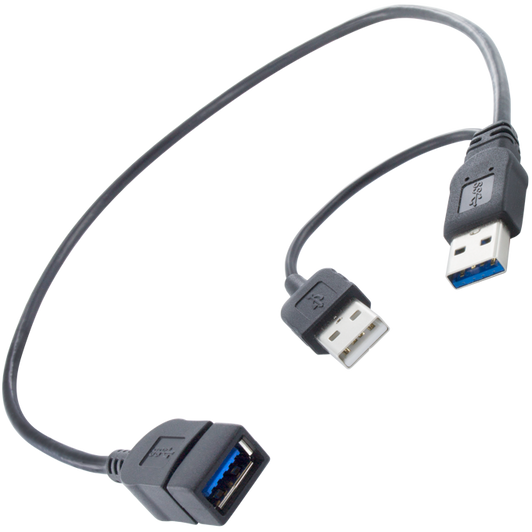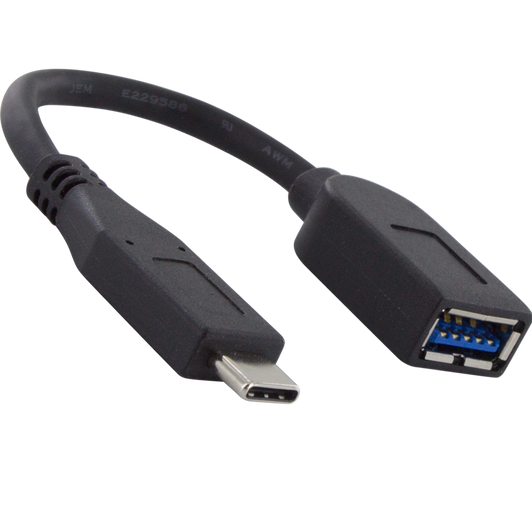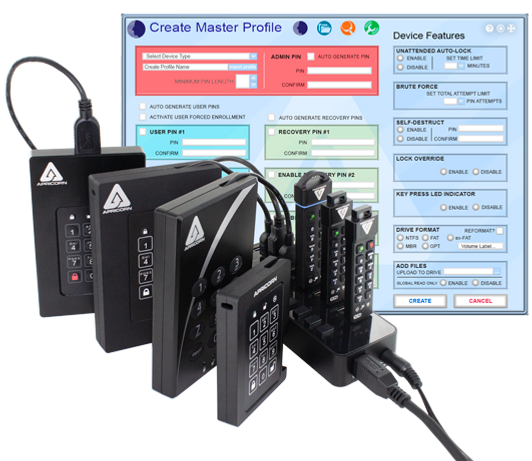Pocket-sized to securely carry your most sensitive data wherever you go, the Aegis Padlock 3 comes in a huge variety of storage capacities in both HDD and high-speed SSD. Software-Free, 100% hardware-based 256-bit AES XTS encrypted, onboard keypad usb drive is PIN authenticated, and ultra-fast USB 3.1 (3.0) data transfer speeds. All Data in this hardware encrypted hard drive is encrypted on the fly and the PINs and Data remain encrypted while the drive is at rest. Completely cross-platform compatible and OS agnostic; the Padlock 3 thrives with Windows, Linux, Mac, Android, Chrome. It also thrives where software-based encrypted drives won't even function such as embedded systems, machinery, and any equipment in possession of a powered USB port and storage file system. All internal componentry of this keypad USB drive is protected from physical tampering with a layer of hardened epoxy, and the firmware is locked down which prevents any modifications making it immune to malware attacks such as BadUSB.
For Apricorn encrypted drives with a DOM (Date of Manufacture, found on original packaging label under the UPC code) of September 2017 to the present date, refer to the manual with product’s name and the word “Configurable” in the title. If unsure of manufacture date, all Aegis Configurator compatible devices have the “Configurable ‘C’” logo on the back. For older non-configurator compatible secure drives, refer to the manual that doesn’t have “Configurable” in the title.












